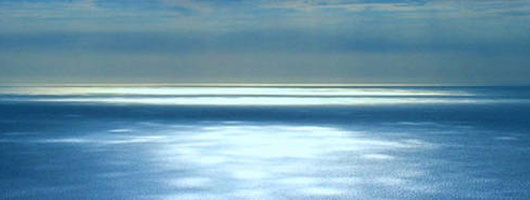Gran Canaria lies in a part of the Atlantic known as Macaronesia, which includes the archipelagos of Madeira, Salvajes, Azores and Cape Verde. The closest point on the African coast lies approximately 210 kilometres away, while Cadiz, the closest port on the European continent, lies 1,250 kilometres away. Within the archipelago, Gran Canaria lies between Fuerteventura and Tenerife, lying at a distance of 83 kilometres to the west of Fuerteventura and 62 kilometres to the east of Tenerife.

Being of volcanic origin, Gran Canaria´s 1,560 square kilometres of surface area and 236 kilometres of coastline encompass a great many of the varied landscapes that are found in the archipelago. It is this characteristic, as well as its diverse climatic conditions, which have earned the island its epithet of "miniature continent". The most unique geographical characteristic of the island is its round shape. The only irregularity in the roundness of the island is a small peninsula in the North-East (known as La Isleta), which is approximately 12 square kilometres in extent and which is joined to the island by a sandy isthmus. The highest point of the island is the peak of Pozo de Las Nieves (1,949 metres above sea level), which is situated right in the centre of the island. The entire island is gouged by deep ravines that radiate from the highest point in the centre right down to the coast line, these ravines being host to a completely different landscape.